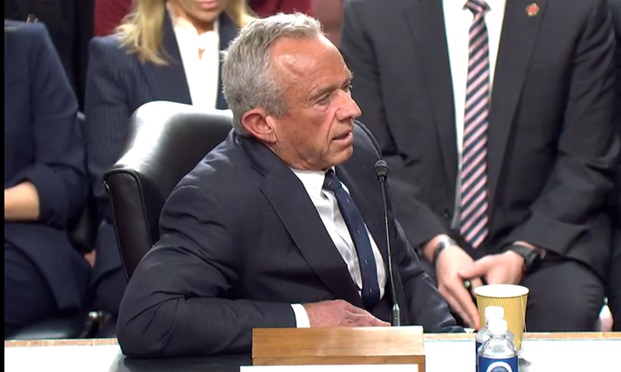Analysts who want to protect low-income Medicare enrollees against increased out-of-pocket costs have published interesting new data on the high-income enrollees' out-of-pocket spending.
Cathy Schoen and two other colleagues affiliated with the Commonwealth Fund put the spending estimates, which are based on government survey data, in a review of Medicare enrollees' cost burden, broken down by income and health status.
Recommended For You
Younger people and health care policymakers tend to talk as if Medicare is a magic wand that makes patients' health care costs disappear.
Insurance agents and financial advisors know that the opposite is true, and the Commonwealth Fund analysts show how untrue that fantasy was in 2016.
The 56 million enrollees in the data sample spent an average of $3,024 per year on all kinds of acute and long-term care out of pocket in 2016.
Of course, the typical Medicare enrollee who is using the services of a financial professional is likely to have a higher-than-average income. For a financial professional, the most interesting bits in the new paper may be the out-of-pocket spending estimates for Medicare enrollees in the authors' top income category, for people in households that earn more than 400 percent of the federal poverty level.
Here's a look at what the authors are reporting about those relatively high-income households.

(Photo: Thinkstock)
1. The minimum income for a "high-income household" is not all that high.
Even the authors' top-income category may not be of much use for professionals working mainly with families with very high post-retirement income.
About 12.5 million of the Medicare retirees in the data sample, or 22 percent of all Medicare enrollees, had household income over 400% of the federal poverty level in 2016.
In 2016, in most of the United States, 400 percent of FPL was just $48,240 for a single individual, and $64,960 for a couple.

(Image: Thinkstock)
2. The average out-of-pocket spending for an average high-income couple may equal 11 percent of total household income for clients at the 400 percent of federal poverty level cutoff.
The people in the analysts' highest-income category spend an average of $3,486 per year each on out-of-pocket health care expenses.
If a husband and wife who together have $64,960 in annual income each spend $3,486 per year on health care bills, that means out-of-pocket spending will eat up about 11 percent of their income.

(Image: Thinkstock)
3. Out-of-pocket health care spending for a high-income household that has a typical bad year could eat up about 35 percent of the household's income.
The authors of the new paper don't break catastrophic risk down by income level, but they note that Medicare enrollees in the top 5% in terms of out-of-pocket spending probably spent an average of $19,009 out of pocket in 2016.
If one spouse in a couple spent $19,009 in 2016, and the other spouse spent $3,486, the couple's total spending would amount to about 35 percent of the $64,960 in annual income for a couple right at the 400 percent of the federal poverty level income cutoff.

(Image: Thinkstock)
4. For high-income households, the typical budget busters may be audiologists and prescription drugs.
Because basic Medicare is generous about covering inpatient hospital expenses, inpatient hospital bills make up less than 10 percent of the out-of-pocket spending burden even for the Medicare enrollees who rank in the top 5 percent in terms of spending.
About 60% of high-income Medicare enrollees have employer-sponsored retiree health benefits, and those plans often offer especially generous inpatient and outpatient hospital care benefits.
That means the biggest components of out-of-pocket spending for high-income Medicare enrollees tend to be bills for the expensive drugs used to treat conditions such as high blood cholesterol levels, and for hearing care, vision care and dental care.
In 2016, high-income Medicare enrollees spent an average of $564 on dental care, $820 on audiologists and other providers not paid by Medicare, and $913 on prescription drug co-payments and coinsurance bills.

(Photo: Thinkstock)
5. The biggest budget busters are long-term care facilities.
Professionals who help clients with stand-alone long-term care insurance, long-term care hybrids based on annuity or life insurance frameworks, or other long-term care planning strategies know that long-term care costs can dwarf other health care spending drivers.
The new out-of-pocket spending analysis shows that, for the 2016 Medicare enrollees in the top 5 percent in terms of out-of-pocketing spending, long-term care spending of all kinds accounted for more than $13,400 of the $19,009 in average out-of-pocket spending.
© Touchpoint Markets, All Rights Reserved. Request academic re-use from www.copyright.com. All other uses, submit a request to [email protected]. For more inforrmation visit Asset & Logo Licensing.






